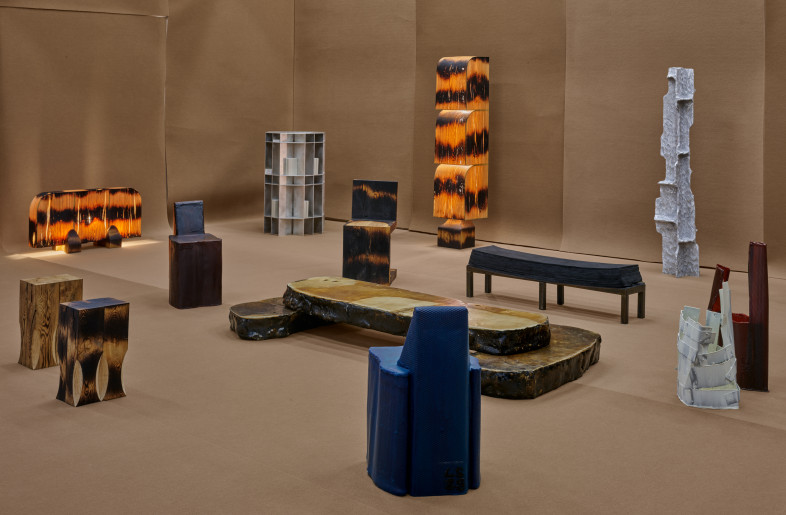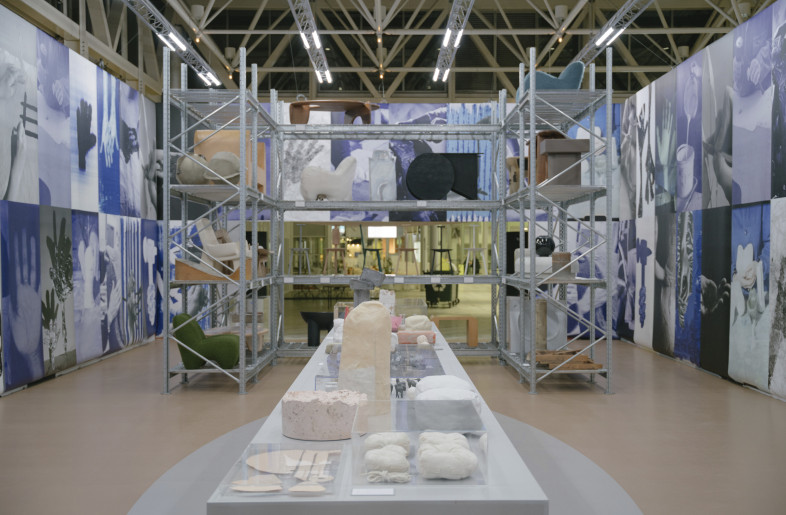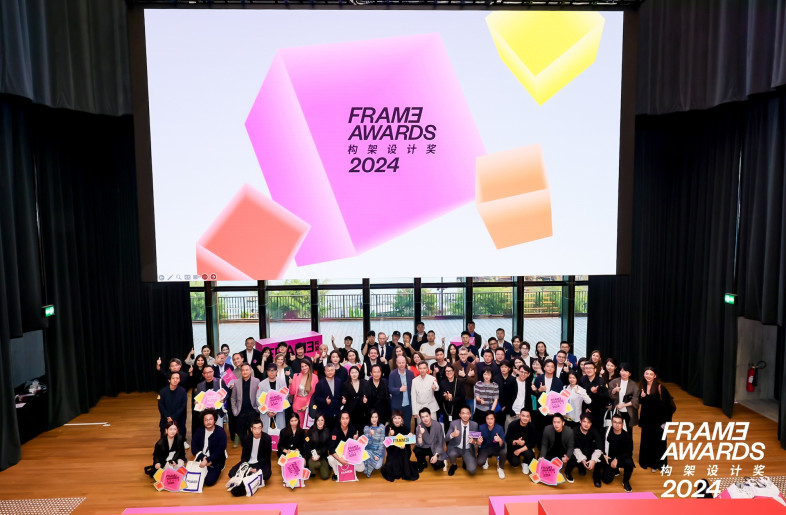In this week's Editor's Desk, FRAME founder and director Robert Thiemann makes a big announcement about the future of FRAME Awards, reflects on design learnings from a recent trip to China and opines why retail should add value through wellness experiences.
FRAME Awards comes to Shenzhen
Breaking: the FRAME Awards 2023 ceremony will take place in Shenzhen this year. It recognizes the strong bond between China and our awards programme – on average, one fifth of all submissions, jury members and winners tend to be Chinese. And it’s also a way to pay tribute to the fast pace at which Chinese spatial design has developed over the past years. Often viewed as lacking an original voice in former times, the Chinese design community has developed into a mature creative industry taking innovative approaches to topics that we hold dear. Remember the Fatface Coffee pop-up shop in Shenyang? The 2022 winner – designed by Baicai – proves that the simplest of existing products, in this case beer crates, can be brought together to deliver a strong brand experience. At the other end of the spectrum, the Beijing Adidas flagship by YSPractice and Output shows how digital technology can contribute to a personalized and engaging customer experience. Both projects are future-facing in their own right.

 Former FRAME Awards jury members and winners gathered at a special FRAME China party in Shenzhen.
Former FRAME Awards jury members and winners gathered at a special FRAME China party in Shenzhen.
Having visited China this week, I found it fascinating to learn more about the Chinese approach to work in general. Whereas the western world – especially Europe – often spends years talking, researching and developing a project, the Chinese tend to simply begin, evaluate and improve. It’s a refreshing take on producing consumer value. That’s why the FRAME Awards ceremony will be preceded by a day of talks and discussions, fostering the exchange of cross-cultural ideas and experiences.
Seize the opportunity to get a real-life taste for Chinese design when celebrating the winners of the FRAME Awards in Shenzhen. You can already save the date: Saturday 14 October.
China’s non-existing return-to-office policy
While the rest of the world still seems to be grappling with post-COVID work policies, Chinese habits haven’t been affected by the pandemic at all. Of course, the Chinese government imposed a zero-COVID policy for about three years, including strict local lockdowns, mass testing and severe quarantine measures. But apart from Shanghai, where a two-month lockdown in 2022 led to anger and isolation, life continued pretty much as normal in most other cities. As a result, workers in the country’s knowledge economy have been visiting their offices all the way through the pandemic – only briefly disrupted by the occasional lockdown or quarantine period.
Therefore, China isn’t dealing with COVID-related work issues. Different than in countries like the Netherlands, all workers simply come to their offices as before. No questions asked. When visiting a massive design studio in Shenzhen this week, I was surprised to see vast open-plan areas with rows of long desks all occupied. One meeting room was filled with about a dozen people discussing a project in a conference call with their client. Having no office at all for 1.5 years, I couldn’t help but feel nostalgic. But then again, what’s the future? Office-bound work that comes with human connections, but also commutes and a loss of autonomy? Or an autonomous way of working wherever, whenever, with less – or no —commuting, but also fewer human interactions?
Should retailers prioritize wellbeing?
It’s common knowledge that stores should be more than transaction points. They should also offer a branded experience – if possible, personalized – or bring people together to build community. I’ve always had a bit of trouble understanding what exactly is meant with ‘experience’ and ‘community’. Walking in the rain is an experience and so is watching a film. Sure, you can brand both, but what would that add for the consumer? If we’re talking community, can we say that a group of random cyclists in a space constitutes one? What’s often missing is the word ‘meaningful’. An experience needs to mean something to somebody. It should offer value to a person, like some form of useful education. Being part of a community should provide a feeling of connection and recognition. Most so-called retail experiences and community-generating in-store events lack this kind of value.
 Inside Beijing’s newest Gentle Monster store, the surrealistic elements are framed as objects that have ‘fallen out of the digital world, repositioned according to the order of the real world’, as the brand’s in-house design team explains.
Inside Beijing’s newest Gentle Monster store, the surrealistic elements are framed as objects that have ‘fallen out of the digital world, repositioned according to the order of the real world’, as the brand’s in-house design team explains.
The other day I visited a Gentle Monster store for the first time (call me a late adopter). The much talked about eyewear brand is known for its experiential stores that treat visitors to otherworldly displays that have one thing in common: they have nothing to do with a pair of glasses. While I understand that walking into a display of glasses isn’t exactly enticing, I felt disappointed. Here I was, in a shopping mall filled with stores and eateries that all called for attention in some way or another, finding myself in an eyewear store surrounded by stuffed sheep and a Roman-style statue against a backdrop of digital motion graphics. An experience? Yes. Offering value? Not much more than a faint smile.
Retail experiences are continually evolving because consumer preferences are. Stores used to only offer transactions. Now they also offer experiences and a sense of community – if done well. But experience for experience's sake is not enough. And communities are hard to build with incidental events without people having skin in the game. The next phase? Consumers are looking for brands to empower them and enrich their lives with meaning and purpose. In the end, wellness should be the foundation of all customer experiences.
Keep an eye out for our in-depth article on wellness-oriented retail in our Autumn issue, out 1 September.
-Cropped-cover.jpg)




-thumb.jpg)




